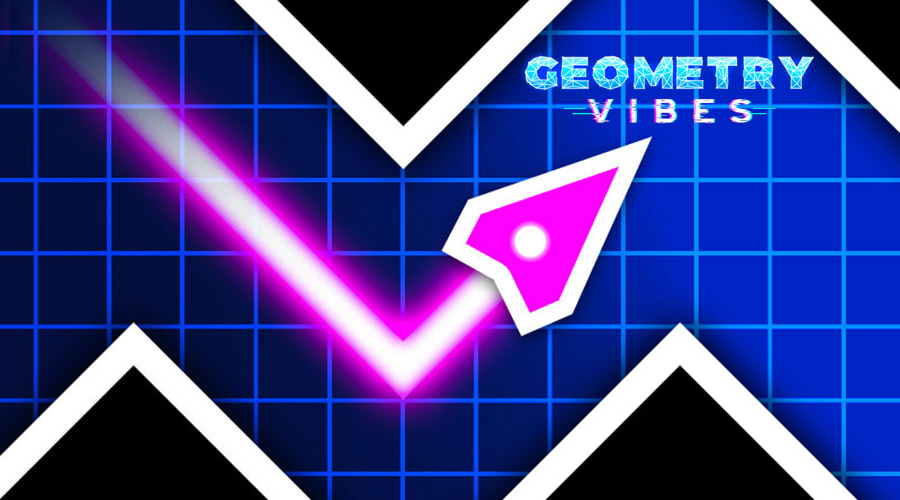The Unspoken Language of Geometry in Design
There’s something quietly powerful about geometry. It doesn’t shout for attention, yet it defines how we perceive space, structure, and beauty. Geometry vibes are not just about squares and circles—they’re about the rhythm, balance, and flow that shapes bring into our everyday surroundings. Designers have long relied on geometric foundations to communicate ideas and evoke feelings, even without saying a word. From the simplicity of a grid to the elegance of a spiral, shapes speak—and we listen, often subconsciously.
Clean Lines and Mental Clarity
Walk into a room with clean, straight lines and you’ll notice an almost immediate shift in how you feel. That’s not by accident. Clean geometry vibes reduce visual clutter and give the mind fewer distractions. In design psychology, this is known to lower cognitive load. That means our brains don’t have to work as hard to interpret what we’re seeing. Instead of chaos, we experience order—and with it, clarity. Clean lines are more than aesthetic; they’re calming, precise, and purposeful.
Shapes That Speak – Circles, Triangles, and Squares
Each shape carries its own emotional resonance. Circles tend to bring softness and unity. They’re endless, inclusive, and often symbolize harmony. Triangles, on the other hand, are directional and bold. They suggest motion, challenge, and energy. Squares and rectangles provide a sense of reliability and logic. These classic shapes form the backbone of structured design, making them central to the language of geometry vibes. Designers choose these not just for appearance, but for how they make people feel.
Geometry Vibes Across Design Disciplines
In interior design, geometry can change how a space feels. Linear furniture, angular shelves, and tiled floors with repeating patterns all speak to a design rooted in structure. Clean geometry makes a room feel larger, more organized, and visually grounded.
Graphic designers rely heavily on geometric grids. These invisible frameworks guide where text, images, and white space should go. Geometry vibes in this space are all about balance—every pixel counts.
In architecture, geometry is a blueprint of identity. Whether it’s the sleek symmetry of modernist buildings or the playful curves of postmodern design, architecture uses geometry to express intention.
Fashion design isn’t exempt. Tailoring often follows geometric logic—sharp shoulders, pleats, seams, and hemlines all depend on measured lines and proportion.
Geometry and the Mind–Body Connection
It’s not just visual. Geometry vibes impact how we feel in our bodies. Studies in environmental psychology suggest that structured, symmetrical spaces can lower stress and anxiety. There’s a reason meditation rooms or yoga studios often embrace clean, minimalist designs. The brain craves predictability. It finds peace in symmetry. Whether you’re in a room, scrolling through a website, or walking through a city, your nervous system is constantly reacting to geometry—even if you’re not consciously aware of it.
Color Meets Geometry – A Harmonious Duo
Color brings emotional context to geometry. A triangle in red feels aggressive. The same triangle in soft beige feels gentle. Geometry vibes become layered when paired with intentional colors. Designers use this to influence mood. In branding, bold colors and shapes can make a logo feel modern and strong. In living spaces, neutral palettes on strong geometry create a sense of calm. The interaction of shape and color is where visual design becomes emotional design.
Geometry in Motion – Digital and Interactive Design
In the digital world, geometry vibes aren’t static. Websites, apps, and animations often follow geometric patterns to create intuitive user experiences. Think of app icons—perfect circles and rounded squares. Think of layout symmetry, scrolling motion, and interactive buttons all aligning on invisible grids. These aren’t just aesthetic choices. They guide your eyes, influence how you navigate, and make complex interfaces feel simple. Even in motion, geometry grounds us.
Letting Geometry Breathe – The Power of Negative Space
One of the most overlooked parts of geometric design is the space in between. Known as negative space, this breathing room gives design clarity and power. Without it, even the most precise lines feel cramped. Geometry vibes rely on spacing as much as they do on form. A well-designed layout uses white space not as emptiness, but as balance. It gives the viewer a moment to pause, absorb, and focus.
Real-World Examples of Geometry Vibes Done Right
Some of the world’s most iconic designs are born from geometric purity. Think of Scandinavian furniture—minimal, clean, and structured. The Louvre pyramid in Paris is a striking blend of triangle and light. Apple Stores use geometry in flooring, shelves, and layout to evoke simplicity and elegance. These examples aren’t about trends; they’re about timeless appeal. Geometry vibes don’t fade. They evolve with the culture, but always come back to the same core: clarity through structure.
Designing with Intention – Bringing Geometry Vibes Into Your Work
You don’t need to be a professional to start using geometry vibes. Whether you’re redesigning your room or working on a digital project, start with these simple steps:
- Begin with a grid. Even spacing creates instant order.
- Choose 1–2 shapes to repeat throughout.
- Use color intentionally. Let shapes lead, and color support.
- Give your elements room. Don’t overcrowd. Let geometry breathe.
- Balance symmetry with one element of surprise—a tilted shape, a bold contrast.
Geometry vibes are about more than looking clean. They’re about feeling aligned.
Final Thoughts: Why Geometry Vibes Still Matter
In a world full of noise, geometry offers silence. Clean lines aren’t just design—they’re direction. They help us focus. They ground our thoughts. Geometry vibes cut through the clutter with elegance and purpose. When design aligns with structure, it creates space for the mind to breathe. Whether you’re drawn to symmetry, circles, or crisp angles, you’re not just seeing shapes. You’re feeling something. And that’s the quiet magic of geometry vibes.
FAQs
What are geometry vibes in design?
They describe the emotional and visual effect created by the use of structured, often symmetrical, geometric elements like lines, shapes, and patterns.
Why do clean lines feel so calming?
Clean lines reduce visual clutter, helping your brain process design more easily, which brings a sense of calm and clarity.
Can I use geometry vibes in small spaces?
Absolutely. Even in small rooms, consistent shapes, symmetry, and spacing can make a space feel larger and more balanced.
Are geometry vibes only for modern design?
Not at all. While popular in minimalism, geometry is timeless and can enhance both classic and contemporary styles.
How do color and shape work together?
Color adds emotional tone to geometric shapes, helping to soften or amplify the feeling a design communicates.
Also read :PS4 Exclusive Games That Deserve a Spot in Every Collection















